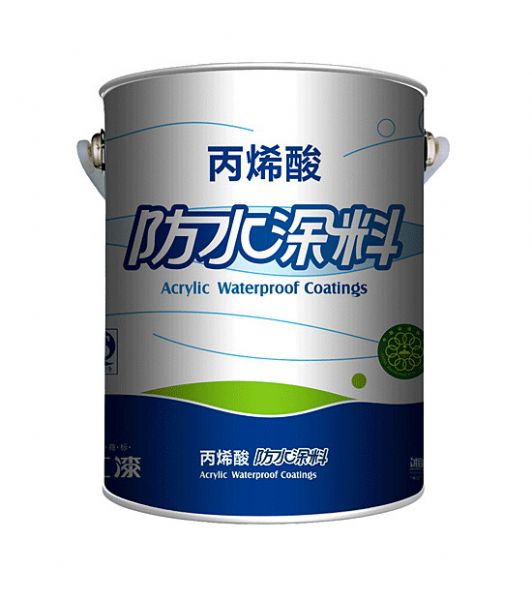Due to the differences in the material composition and appearance of the waterproofing material and the waterproof coating, the characteristics of the material, the construction process, the applicable parts, and the application environment are all different. Degussa waterproof engineers compared the overall performance of the two, through comparison to allow consumers to understand what they need.

Waterproof coiled material—convenient construction, short construction period, no need of maintenance after forming, unaffected by temperature, small environmental pollution, layer thickness easy to grasp according to design requirements, accurate calculation of materials, convenient management of construction site, not easy to cut corners, uniform thickness, empty When laying shop can effectively overcome the stress of the base layer (in the case of large cracks in the base can maintain the integrity of the waterproof layer).
Waterproof coating - any complex base can be made into a continuous waterproof layer; simple equipment, easy to master construction technology. The paint waterproof layer and the base layer have a 100% adhesion surface (except for cracks, joints, etc., using a reinforcement layer empty cloth method). The water leakage of the paint waterproof layer within the service life is mostly because the cracking width of the base layer exceeds the extendable range of the waterproof coating. The cause of water leakage and the location where the water leakage is formed can be easily found. The warranty is very convenient, as long as a small amount of waterproof material repairs cracks and damaged parts. can. High-quality waterproof paint can be successfully waterproofed on the back surface. Some waterproof paints can be applied on the wet base to form a waterproof layer.

Waterproofing membranes—measurements should be made on the basis of the shape of the waterproof base layer. For complexly shaped base layers, multiple splicings are required. The bonding of the waterproofing membranes at the laps is more difficult; completely absolute sealing will become a major problem. , The greatest hidden danger of water leakage; after the construction of waterproof membrane protection and repair after water leakage is also a problem, any part of the penetration of damage, degumming, leakage (even if there is only one), the entire layer of water resistance All will be degraded. If it is not possible to find damaged and defective parts, then local repair is impossible. Only rework waterproof.
Waterproof coatings—The coatings require a certain amount of time for the formation of a water-repellent layer after the consolidation of physical and chemical reactions; some water-repellent coatings produce harmful gases that are harmful to the human body during the curing process. Some water-repellent coatings need to be painted several times to complete a waterproof layer, and each brushing must have a certain interval, so the final completion of the waterproof layer takes a long time. During the construction of the waterproof coating, on-site management is very important. Cutting corners and shoddy work can be exploited under management negligence; the thickness of the paint waterproof layer is determined based on the number of coating passes during construction. In addition to the number of coating passes, the solid content of the coating itself is a decisive factor in the film thickness.